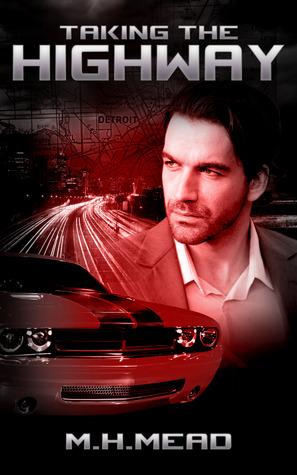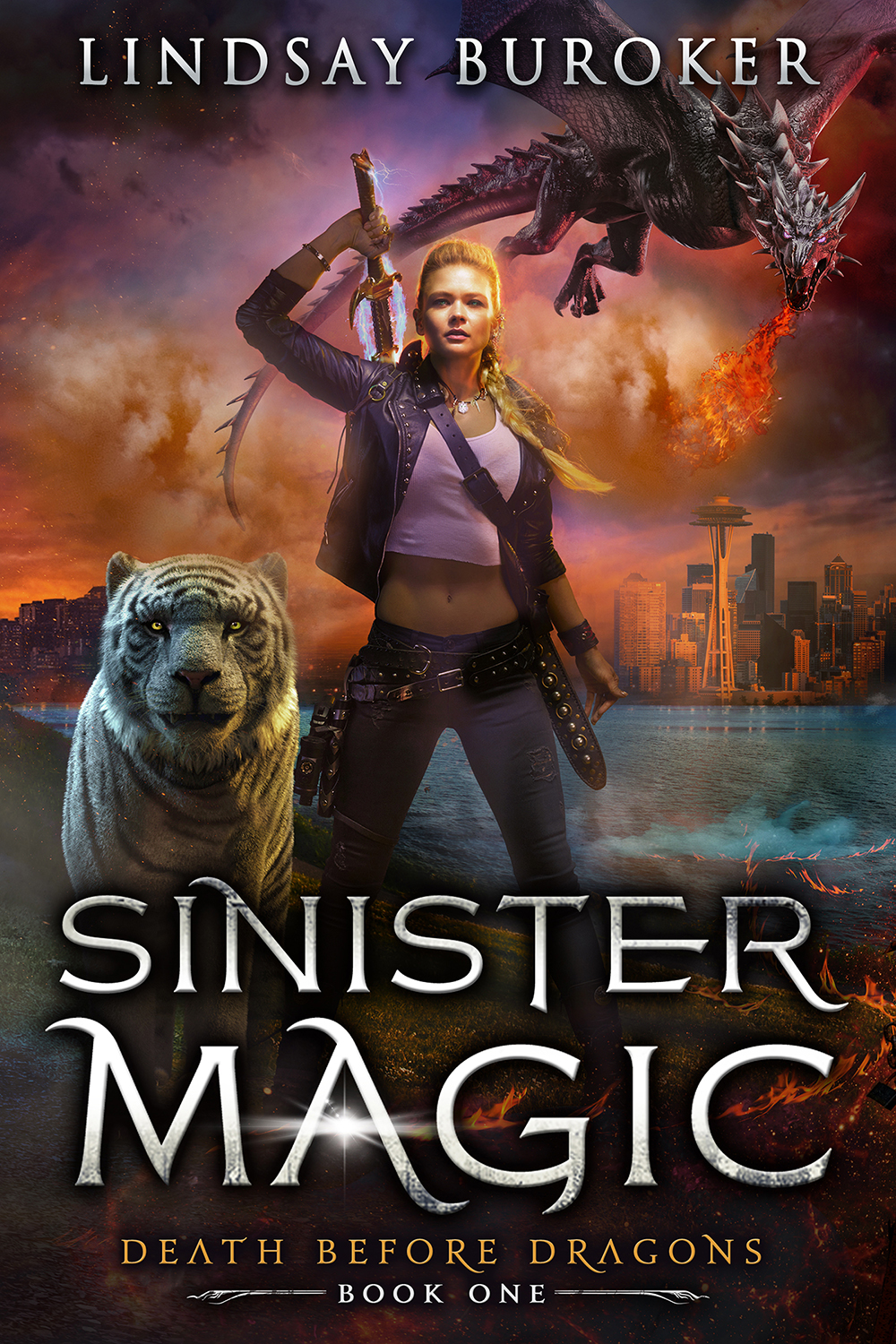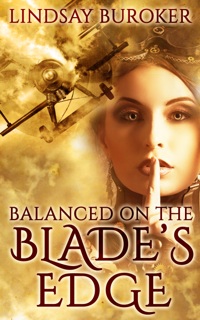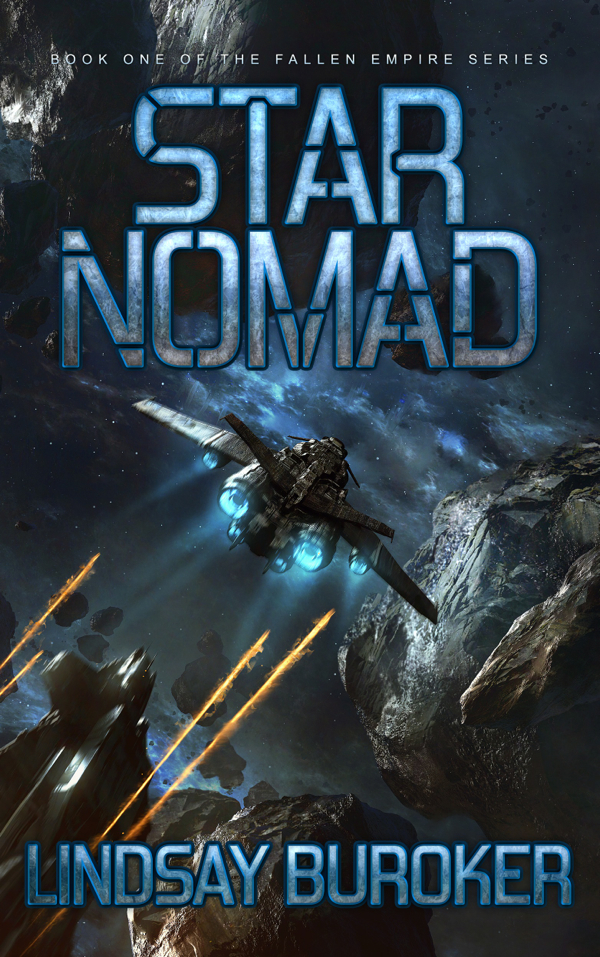As we move into 2013, a lot of new authors are coming into the e-publishing world and many of the older ones are realizing that selling ebooks isn’t as easy as it was a couple of years ago. Collin J. Earl, the CLO of Darkfire Productions (the company putting out the Emperor’s Edge audiobooks) is a fellow indie fantasy author, and he’s been at this for a while now, so he’s seen marketing trends come and go. He’s here today to talk about what he’s doing for his latest project, The House of Grey.
So you want to be a writer: marketing in the 2012/2013 publishing world
by Collin J. Earl
How quickly the world changes, no? Feels like just yesterday I was writing blog posts similarly to this. Books. You’ve written them. Now how do you sell them? Since the start of the publishing/independent writer evolution has anything changed?
You bet it has and its about time someone says it.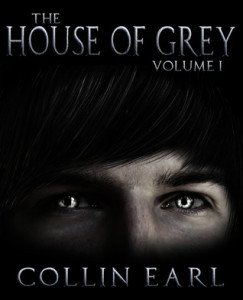
Couple of things: first, this article “Ebook/book Marketing” is targeted more for the independent writer. I am sure that some of the thoughts could carry over to the traditional publisher and author, but I seriously doubt they are reading it. Chances are its just you and me – I don’t necessarily think this is a bad thing.
Marketing Thoughts Introduction
Authors are always looking for the next greatest thing to help sell books; back in the 90s it was the Internet, then shortly after that, email, closely followed up by blogs, Myspace, YouTube, Digg, Facebook, Twitter, Podiobooks and more. There is so much to do, so much to get your head around, it’s hard to know where you should be spending your time. I’ve suffered from similar time management problems. Most authors, myself included, have jobs, families and other obligations outside their writing. Until we make enough money to meet our everyday obligations, writing is the career we are supposed to have and not the one we have currently. What does that mean? It means the obvious that an author has to outline, create, write, market, blog, and be social through social media all while navigating our real lives, families and alternative careers. Time is the biggest thing working against us and it can be difficult to know what the most efficient use of that time is.
You’ve probably read thousands of blog posts, books, ebooks, or heard hundreds of talk shows on the exact subject. While my thoughts aren’t anything ground breaking, I think its important to remember the true key to success. This is the universal characteristic that all successful authors have in common. I will get to it. I know you want to know, but worry not. This is something you are probably already aware of. I am just reminding you.
You need to write. That is the key, writing, writing, writing. Content, content, content. You’ve got to do it. I cannot say it enough. That is the one thing that has not changed in the last five years. You want to be a paid author, (I don’t say successful because there are different definitions) I mean a paid author – one who makes money off of books, you need as much content as possible.
A look at the past – a couple of case studies:
Amanda Hocking – everyone knows this little vixen – Hocking lives in Austin, Minnesota. Employed as a group home worker until 2010, she wrote 17 novels in her free time. In April 2010, she began self-publishing them as e-books. By March 2011, she had sold over a million copies of her nine books and earned two million dollars from sales, previously unheard of for self-published authors. In early 2011, Hocking averaged 9,000 book sales each day.
John Locke is a writer of crime fiction and the first man to sell over a million self-published digital books in Amazon.com. He was born in an unspecified municipality of Puerto Rico to a Canadian military father and an American mother. He is the author of several e-book novels. His works are predominantly published electronically by Telemachus Press, a work-for-hire author services company. One early work was published by iUniverse.
Michael J. Sullivan is an artist and American author of epic fantasy, best known for his Riyria series, which has been translated into over ten languages. In 2012 io9 named him one of the “Most Successful Self-Published Sci-Fi and Fantasy Authors”. He has written two series, The Riyria Revelations and The Riyria Chronicles. The Riyria Revelations is a six book epic fantasy series while the Riyria Chronicles is an ongoing series that centers on the early adventures the two main protagonists of Riyria Revelations.
Between these three INDEPENDENT authors millions of book were sold from around 2008 to 2011 and there is a lot of speculation on how they did it. John Locke even wrote a book on it – “How I Sold 1 Million eBooks in Five Months” (This book received less than stellar reviews). So much speculation and scams out there – allow me to offer my two cents and you might be surprised at what I have to say. The three things these authors had in common to make them successful were: timing, content and price. That is how they each sold so many books –there was not much beyond that.
I am really serious. If you took time to read Michael’s blog, Amanda’s Twitter feed, or even John’s “How I Sold 1 Million eBooks in Five Months” book. They really didn’t “do” much in the way of promotion. Michael used book bloggers to some extent, John really likes Twitter and Amanda used some combination of both. So what was so instrumental to their success? Well first was price. All of their books were less than five bucks. Still are for the most part. Second, and content, books, books, books, each author had books to spare when their sales blew up. Third and I think the MOST important, they were the front-runners in a space where consumption was EXPLODING, they used price and content push themselves to the forefront of that explosion and sold a whole lot of books because of it. Yep, it was a simple as that.
So what has changed? Why aren’t I selling 9000 books a day? Several things I think:
- Ebooks aren’t new anymore – just a couple of years ago ebooks were new, exciting and while Amazon and Barnes & Noble are still selling thousands of ebook readers the consumption of ebooks has or will top out on its share of the market place at a bit above 30 something percent. Don’t see it going much above that. It’s established.
- Competition – lots more authors and wannabe authors out there. Amazon ain’t a “pond” like it used to be for ebook writers – is a freaking ocean and its real easy to get lost in that ocean.
- Pricing – “wars” have driven down the price enough so that .99 cents for an ebook is not out of the ordinary. People expect it now because there are so many people doing it.
I could name more. What’s my point? My point is that putting up a book, making it free or low priced is not enough anymore. With changes in the market place, stiffer competition and the like going on, you need to have a better plan. (Notice I say plan)
Several suggestions – Global strategy – this is the first step now that you realize its not as easy as it used to be or you used to think. You need to come to a strategy to create exposure. Obscurity is the greatest enemy of the author. That’s where marketing comes in and planning comes close after that.
Have a Marketing plan, but only after you have several projects out. I wouldn’t even start thinking about spending any real time marketing until I had at least 3 books out. Remember! Content is key. You need to have content to gain traction in the market place.
Once you have content, come up with your plan. My plan involves a mix of paid and unpaid marketing platforms. I base my plan on the “Free Loss Leader” meaning I give a book away for free knowing that a certain percentage of those readers will “convert.” I like this platform because it allows people to “enter the fold” at little to no cost. So step one in my plan is to push people towards a free product. Step two, use five different platforms in conjunction. Here is what I am using right now.
1. Twitter
2. Google Adwords
3. Bloggers
4. Bookbub/Pixel of Ink/FreeEbooks.com etc
5. Facebook
These are a combination long term and short-term exposure sites. I don’t do use more than five platforms at any given time, because then you cannot manage everything. Remember doing something half way is like not doing it at all. Time is important with these endeavors, try to coordinate to use your endeavors in combination to create even more exposure. This is part of the reason I like the loss leader so much. Getting that free book moving on Amazon can put the Amazon marketing algorithms to work for you. If you can get those algorithms working for you. You are going to sell books.
There is more to say on the subject but perhaps we can leave it at that for now. Just remember these few thoughts. Have a plan, keep it simple, use a combination of different platforms that have both long and short term repercussions, don’t spread your efforts thin by doing many different things half way and try to get the big sight algorithms working for you.
Let me know about your success!
***
You can visit Collin at his website, or on Twitter or Facebook, and you can download the first book in his House of Grey series at Amazon, Sony, Kobo, Barnes & Noble, and Smashwords.







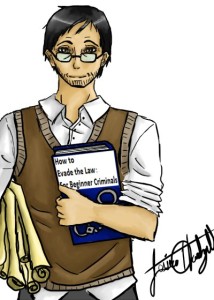







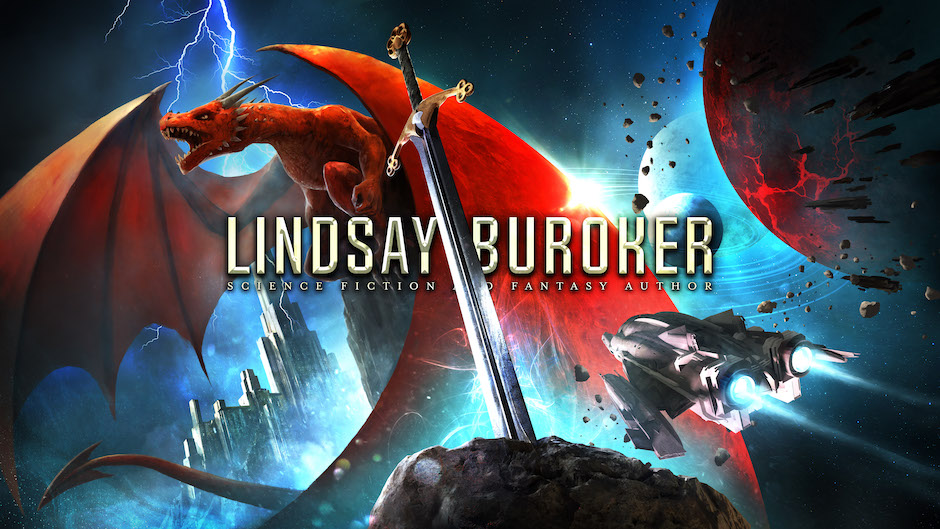
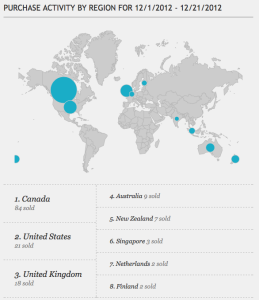 As I said earlier, my Kobo earnings weren’t worth tracking last year. I lumped them into the Smashwords collective, which wasn’t that significant either. (Apple iTunes sales fell into the same category in 2011.) But in this last year, both iTunes and Kobo sales have increased for me. Part of that is because I have more ebooks in both stores, and a couple of freebies to boot, but part is also due to these e-tailers working hard to get into more countries and extend their reach. They’re also making their stores more functional and appealing for shoppers (for the longest time, searching for my name at Kobo turned up a perplexing list of erotic books and none of my own work).
As I said earlier, my Kobo earnings weren’t worth tracking last year. I lumped them into the Smashwords collective, which wasn’t that significant either. (Apple iTunes sales fell into the same category in 2011.) But in this last year, both iTunes and Kobo sales have increased for me. Part of that is because I have more ebooks in both stores, and a couple of freebies to boot, but part is also due to these e-tailers working hard to get into more countries and extend their reach. They’re also making their stores more functional and appealing for shoppers (for the longest time, searching for my name at Kobo turned up a perplexing list of erotic books and none of my own work).